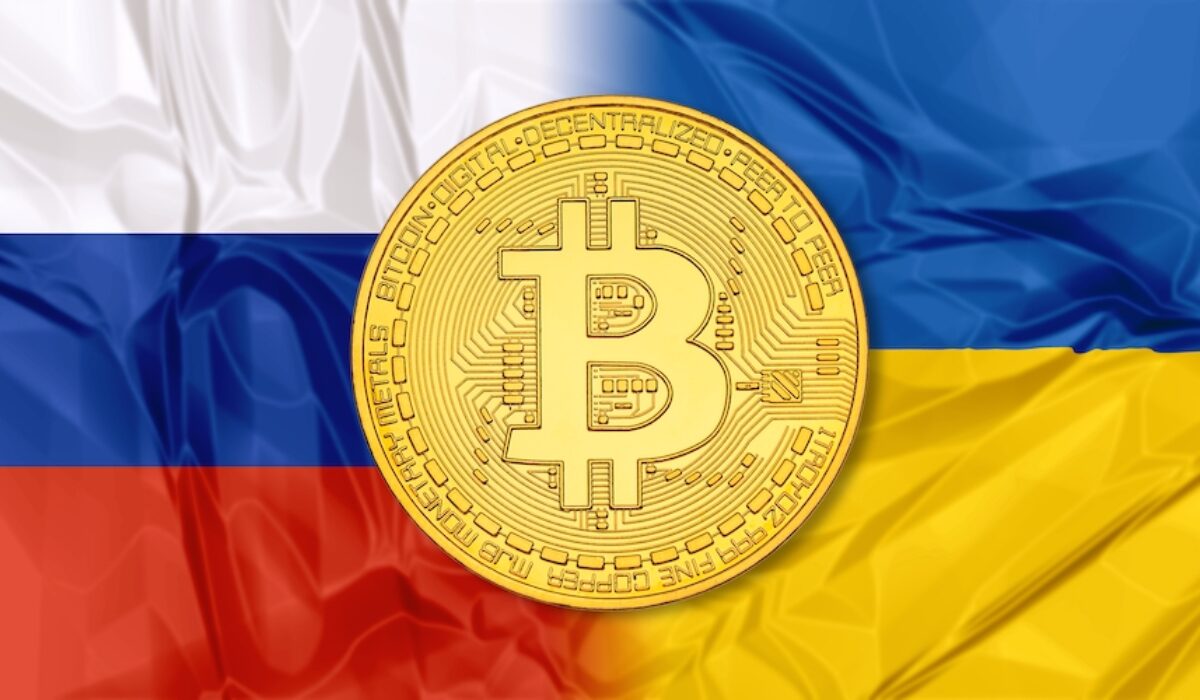How the Ukrainian War Pushed Up The Price of Cryptocurrencies
In the month following the outbreak of war in Ukraine, Bitcoin rose 25% and Ethereum around 34%.
Following the sanctions imposed on Russia and its businesses the ruble collapsed and crypto exchanges saw a substantial rise in transactions from rubles into crypto.
These transactions weren’t just from wealthy oligarchs trying to save assets from confiscation overseas, but also regular Russian citizens trying to save their cash assets from being devalued in early March when the ruble fell off a cliff.
The worry was that many Russian oligarchs would escape financial sanctions via crypto, but crypto entrepreneur Doctor Troller, aka Andrew Brown says this isn’t that easy to do.
He said: “Crypto transactions can all be tracked, so large movements of assets would be spotted by exchanges and authorities. Big exchanges will insist on doing KYC (Know Your Customer) due diligence on transactions and will have global watchlists for banned Russian oligarchs and can block transactions from IP addresses belonging to sanctioned individuals or entities.
“That’s not to say that they can’t get third-parties to attempt transactions for them but they would be wary of trusting others with their assets in such a way.”
Brown thinks the surge in prices at the start of the war came from large numbers of regular Russians try to sell off their rubles for less volatile crypto-currrency like Tether, a stablecoin which is tied to the price of the US Dollar. At the time of going to press (19th April 2022) there were no laws preventing exchanges taking rubles from ordinary Russians trying to use crypto as a lifeline to protect their assets.
Brown said: “The volume of trade in Tether went up considerably in early March when sanctions started to bite and the ruble halved in value in a week.”
Since the start of the war the huge increases on cryptocurrencies have levelled out and are now just above what they were at the start of the war, although the volume of trade in Tether is still up 12% on pre-war levels. There are still volatile movements in the market for other digital currencies, which means that crypto is still a risky investment even in times of war.
It’s not just Russians that have been using cryptocurrency since the war started at the end of February. The Ukrainian government has received over £100 million in cryptocurrency donations for their war effort from well-wishers around the world.
Brown said: “Ukrainian officials posted addresses for two crypto wallets on their twitter account which attracted more than $10m in four days and now over 10 times that amount in the past month. The authorities in Ukraine have said it will be spent on daily rations and bullet-proof vests and helmets, and they are keen to use blockchain technology to help rebuild their country after the war is over. So hopefully crypto currencies can be instrumental in helping those who have lost so much in the past month.

